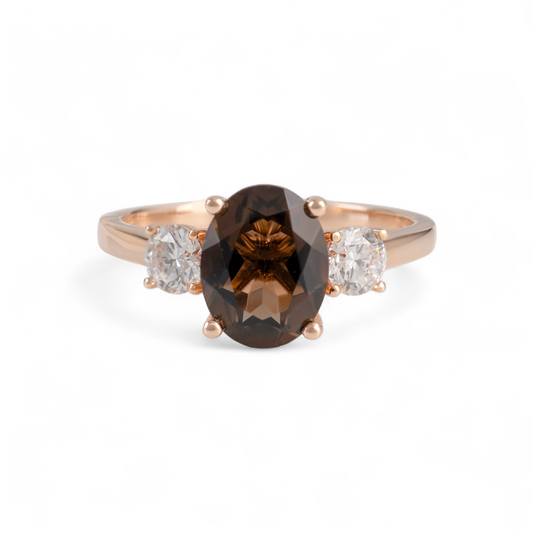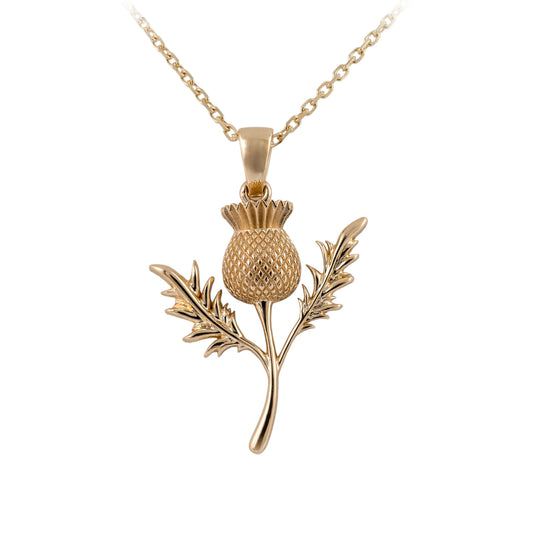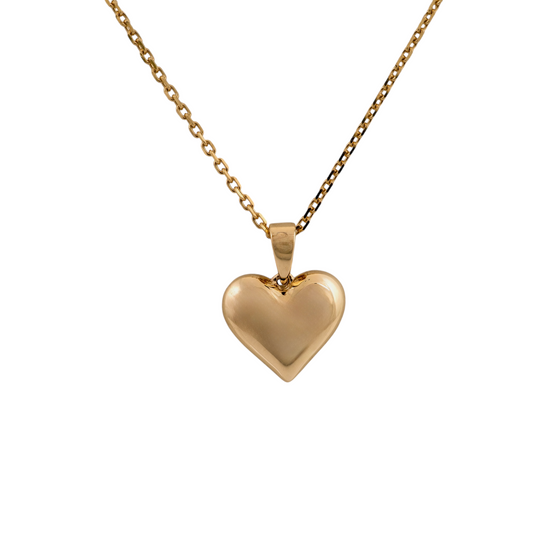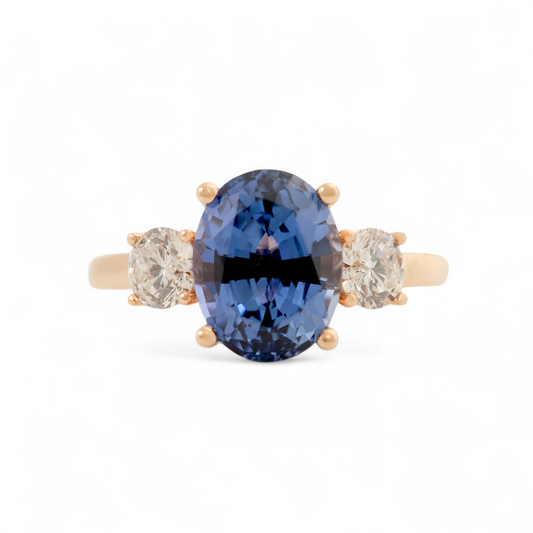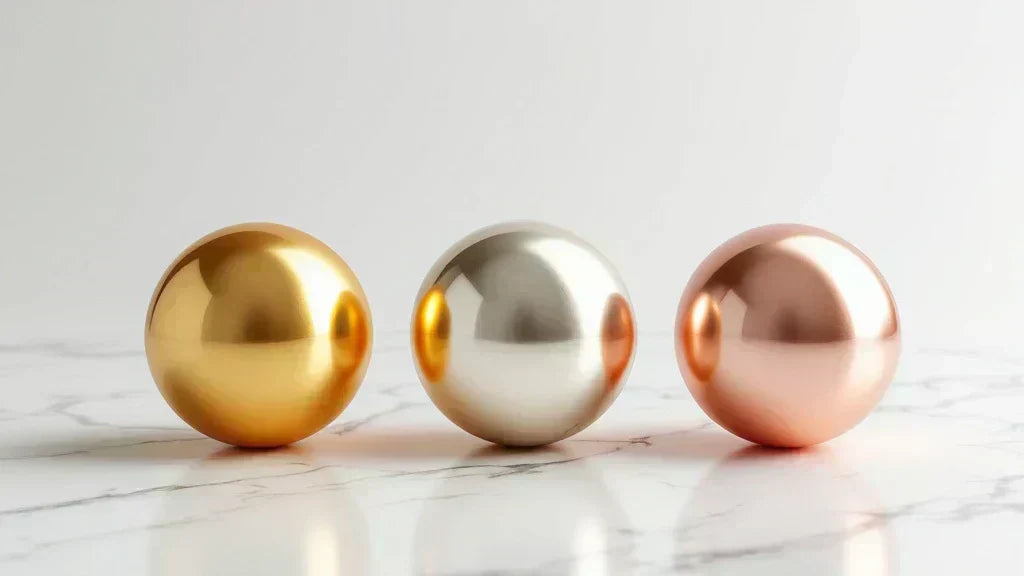
375 Gold Colours: Yellow vs White vs Rose – Differences & Best Uses
Share
Did you know 375 gold (9ct gold) isn’t just yellow? Depending on the metal alloys mixed with it, 375 gold comes in three main colours: yellow, white, and rose gold. Each has a unique composition, durability, and style, making it suitable for different jewellery preferences.
In this guide, we’ll break down how 375 gold colours are made, their appearance, strength, and value differences, and which is best for engagement rings, everyday wear, or investment pieces.
💡 Quick Fact: The colour of 375 gold depends on the metal mix—more copper creates rose gold, more silver or palladium makes white gold, and a balanced alloy keeps it classic yellow. But all 375 gold contains the same 37.5% pure gold.
Jump to Section:
- What is 375 Gold?
- How Does 375 Gold Get Its Colour?
- 375 Yellow Gold vs White Gold vs Rose Gold
- Durability & Maintenance
- Best Uses for Each Type
- Emerging Trends in 375 Gold Jewellery (2025)
- FAQs About 375 Gold Colours
- Conclusion & Further Reading
What is 375 Gold?
375 gold, also known as 9ct gold, contains 37.5% pure gold mixed with 62.5% alloy metals. These alloy metals provide strength and influence the final colour of the gold. The most common variations are:
- 375 Yellow Gold – Traditional, warm gold colour.
- 375 White Gold – A silvery-white gold, often rhodium-plated.
- 375 Rose Gold – A pink-toned gold due to higher copper content.
How Does 375 Gold Get Its Colour?
| Gold Type | Gold Content (37.5%) | Key Alloy Metals | Colour & Properties |
|---|---|---|---|
| 375 Yellow Gold | 37.5% | Silver & Copper | Warm gold, classic look |
| 375 White Gold | 37.5% | Palladium, Silver & Nickel | Silvery-white, often rhodium-plated for shine |
| 375 Rose Gold | 37.5% | High Copper Content | Pinkish-red, more durable than yellow gold |
Durability & Maintenance
| Gold Type | Durability | Maintenance |
|---|---|---|
| 375 Yellow Gold | Medium | Polishes easily, mild soap cleaning |
| 375 White Gold | High | Requires rhodium plating over time |
| 375 Rose Gold | High | Low maintenance, resistant to tarnish |
Best Uses for Each Type
- Engagement Rings & Wedding Bands – White gold is popular for its modern look and durability.
- Everyday Jewellery – Yellow gold requires the least maintenance.
- Vintage & Unique Pieces – Rose gold offers a warm, vintage aesthetic, often found in vintage gold rings for women
Emerging Trends in 375 Gold Jewellery (2025)
- Sustainable 375 Gold Alloys – Increasing demand for recycled gold and ethical sourcing.
- Alternative Finishes – Matte, brushed, and hammered finishes are growing popular.
- Nickel-Free White Gold – More jewellers are switching to palladium-based white gold to make it hypoallergenic.
FAQs About 375 Gold Colours
Which 375 gold colour is best?
It depends on your preference. White gold is modern, yellow gold is classic, and rose gold has a unique, warm tone.
Does 375 white gold tarnish?
375 white gold does not tarnish but may become yellow as rhodium plating wears off.
Is 375 gold hypoallergenic?
Yellow and rose gold are generally safe, but 375 white gold may contain nickel, which can cause irritation.
Which 375 gold colour holds value best?
All have the same gold content, but white gold may cost slightly more due to rhodium plating.
Which 375 gold colour is best for my skin tone?
- Warm skin tones: Yellow gold
- Cool skin tones: White gold
- Neutral skin tones: Rose gold
How can I tell if my 375 gold jewellery is real?
Look for the "375" assay hallmark, perform an acid test, or get a professional jeweller’s assessment.
Is 375 gold a good investment?
375 gold is more affordable than higher-purity gold but retains intrinsic value. However, higher karats like 18ct or 24ct gold are preferred for investment purposes.
Conclusion & Further Reading
Whether you love the classic warmth of yellow gold, the sleek elegance of white gold, or the romantic blush of rose gold, all 375 gold variations offer durability, affordability, and style. Each colour has unique benefits, from white gold’s rhodium-plated shine to rose gold’s vintage appeal.
If you're considering 9ct gold jewellery, understanding gold purity, hallmarks, and colour differences can help you make the best choice. Explore these essential guides to learn more:
📖 Further Reading:

